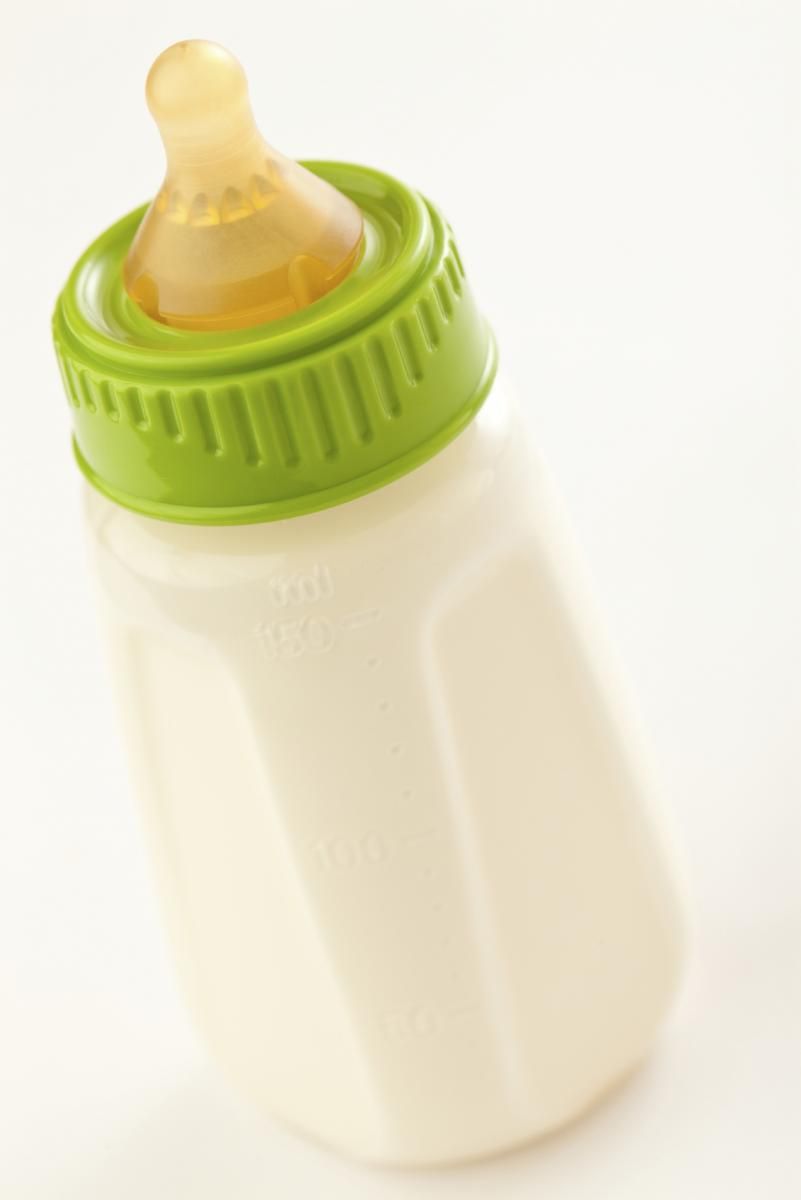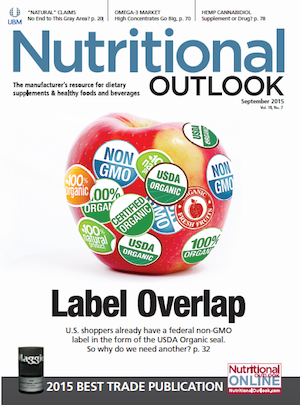Infant Formula Market Opportunities
China leads the way, but who is next in line?
Photo © iStockphoto.com/tusquare

The global market for infant formula is growing, but “the picture varies across the world,” says Anne Staudt Kvistgaard, head of pediatric sales and science development at Arla Foods Ingredients (Viby J, Denmark), a supplier to the infant-formula market.
In the United States and Europe, for instance, growth has been “low but stable for many years,” she says, while China, on the other hand, is “currently the main driver of growth” in the infant-formula sector and has been so for the last ten years. Additional key growth markets, says Kvistgaard, are Brazil, Russia, and developing Asian nations.
Yolanda Roescher, marketing communications manager for FrieslandCampina (Amersfoort, Netherlands), an ingredients supplier to infant-formula companies, points to the Middle East and Africa as regions where this sector is growing speedily, and Lasse Nagell, vice president, human health and nutrition sales and marketing for Chr Hansen (Hoersholm, Denmark), cites various market reports that show growth in the infant-formula market at about 7% worldwide.
Market Drivers
In the developed world, including the United States and Europe, birth rates are stable, which accounts for the relatively modest year-to-year growth in the infant-formula sector, and “the purchasing power of parents has increased,” Nagell says. “Parents are willing and able to pay for premium formula.”
In the still-developing regions of the world, Nagell explains, birth rates remain relatively high-as does the rate of urbanization, Roescher adds. These factors, along with a burgeoning middle class in these regions, all contribute to the growth of the market.
While China is the main source of market growth, some recent economic decline in the region has taken a slight toll on the market for infant formula there.1 Additionally, says Kvistgaard, China’s recent relaxing of its one-child policy has not resulted in notable sales increases for infant formula, and she says that “it’s possible that the promotion of breastfeeding by government health officials in China could reduce the use of infant formula. However,” she adds, “it may have a limited impact since paid maternity leave in China is only three months. This means working mothers have to return to work soon after giving birth, which can make breastfeeding after this time very difficult.”
Trends
The key trend in infant-formula manufacturing and marketing, according to Kvistgaard, is “creating formulas that more closely resemble the composition and functionality of breast milk.” To this end, she explains, scientists are spending much time and effort researching oligosaccharides, which are found in breast milk, to understand their impact on infant nutrition, as “it’s believed that they may have a prebiotic benefit, among others.”
FrieslandCampina’s Roescher points to the addition of milkfat to formula “for an optimal fat composition and structure” as a trend, and Kvistgaard is in agreement, highlighting phospholipids in particular as an ingredient whose sales will likely grow. And at Arla, Kvistgaard adds, there is currently “a big focus on osteopontin, a whey protein that stimulates early immune development.” The company will be publishing clinical documentation on this ingredient soon, she says.
Harry Rice, vice president, regulatory and scientific affairs, Global Organization for EPA and DHA Omega-3s (GOED; Salt Lake City), cites a recent “notable study” of supplementation of infant formula with long-chain polyunsaturated fatty acids (LCPUFAs) at the University of Kansas. The team found that LCPUFA supplementation in infancy increases length- and weight-for-age, but not BMI, to age six when controlling for the effects of maternal smoking.2 It remains to be seen what influence this study will have on the LCPUFA-supplemented formula market.
Chr Hansen’s Nagell has observed “increased interest for adding documented probiotics to a wider range of formula brands,” and FrieslandCampina’s Roescher identifies the increase in allergies in Asian countries, and the region’s developing healthcare systems, as creating more need for specialized infant formulas.
Finally, Arla’s Kvistgaard calls organic infant formulas a “segment to watch, one with huge potential.”
Also read:
Formula Ingredients for Infant Health
Specialty Fat for Infant Formula Benefits Infant Bone Strength
USDA Proposal for Organic Food and Infant Formula
References:
- Armstrong, Drew. “China Baby Formula Woes Lead Mead Johnson to Cut Forecast.” Bloomberg Business: July 14, 2015. www.bloomberg.com/news/articles/2015-07-14/china-baby-formula-market-woes-lead-mead-johnson-to-cut-forecast. Accessed on August 11, 2015.
- Currie LM et al., “Long chain polyunsaturated fatty acid supplementation in infancy increases length- and weight-for-age but not BMI to 6 years when controlling for effects of maternal smoking.” Prostaglandins, Leukotrienes & Essential Fatty Acids: Official Journal for the International Society of Fatty Acids and Lipids, vol. 98 (July 2015): 1-6

HHS announces restructuring plans to consolidate divisions and downsize workforce
Published: March 27th 2025 | Updated: March 27th 2025According to the announcement, the restructuring will save taxpayers $1.8 billion per year by reducing the workforce by 10,000 full-time employees and consolidating the department’s 28 divisions into 15 new divisions.

























